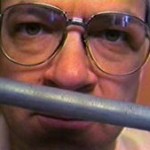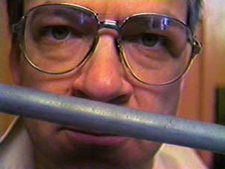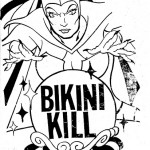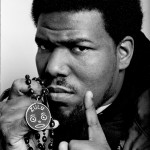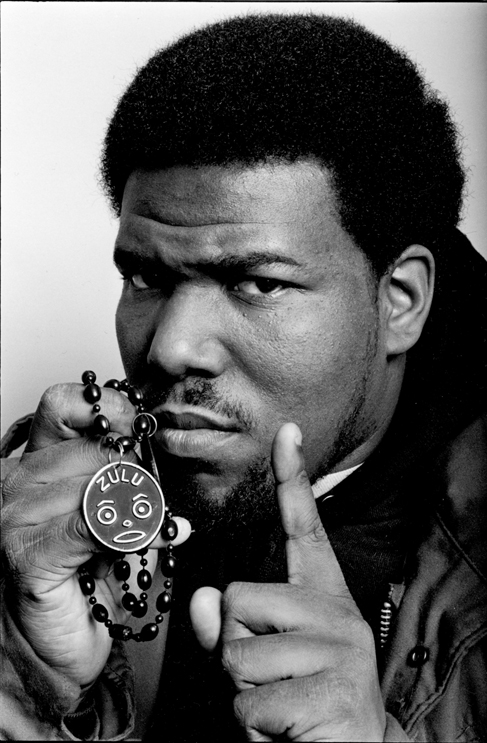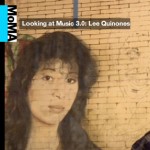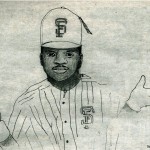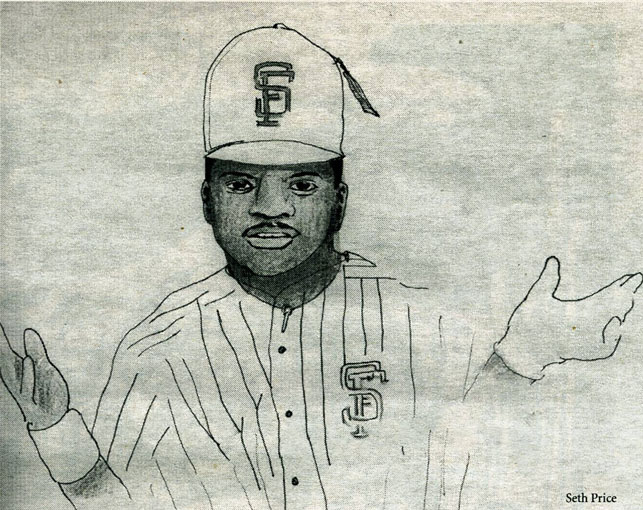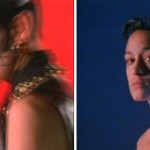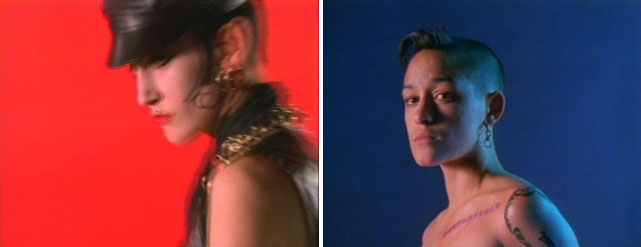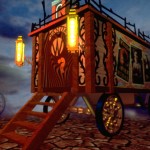One of the major aims of Looking at Music: 3.0 is to examine the impact of technological innovation on music and art during the 1980s and 1990s. The advent of the music video, the proliferation of TV, and the development of cheap, immediate, color video recording equipment were significant events of this era that had a huge impact on the media artists used as well as the content they investigated.

Posts tagged ‘Looking at Music 3.0’
Looking at Zines
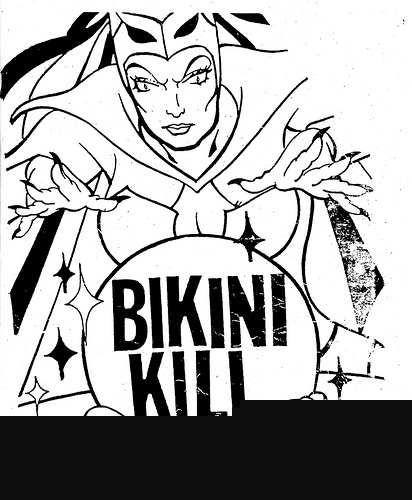
Kathleen Hanna, Billy Karren, Tobi Vail, Kathi Wilcox. Bikini Kill: A Color and Activity Book, no. 1. 1991. Photocopy; cover by Hanna.
During the world premiere of Who Took the Bomp? Le Tigre on Tour, which we screened in April in conjunction with Looking at Music: 3.0, we got a great response to the riot grrrl fan zines in the exhibition.
Afrika Bambaataa: Saluting the King of Hip-Hop
With so much talk of royalty in the air, it’s fitting that this week we salute another monarch: Afrika Bambaataa, the king of electro funk and godfather of hip-hop. In Looking at Music: 3.0 we feature “Planet Rock,” the influential 80’s disco hit he made with the Soulsonic Force. Although Kool DJ Herc is credited with creating hip-hop’s signature sound, specifically the “break,” or extended instrumental beat, it was Afrika Bambaataa who pushed hip-hop into new territory as both a musical style and a cultural movement.
Lee Quinones: Graffiti and Beyond
The Looking at Music 3.0 exhibition includes Lee Quinones’s 1991 Century of the Wind screenprint from the YOUR HOUSE IS MINE portfolio, which decries New York City’s skyrocketing real estate prices. Considered one of the most influential artists to emerge from the city’s 1970s subway art movement, Quinones continues to produce work ripe with provocative sociopolitical content and intricate composition.
Cey Adams: An Insider’s Look at Hip-hop Culture
We caught up with Cey Adams, founding creative director of Def Jam Recordings, in MoMA’s Looking at Music 3.0 exhibition gallery, and he talked to us about his work, the emergence of hip-hop, and his unwavering allegiance to the possibilities of culture.
Seth Price’s Riff on New Jack Swing
If Robert Smithson saw the world as a museum, artists of Seth Price’s generation see the “www” as theirs. For them, the gallery can be anything: they project a film and play music in a gallery, so the question of where in that jumble of everything they want to make their work is a difficult one. The Web is both a cabinet of curiosities and a studio where viewers are invited in to see their latest endeavors.
At the Crossroads of Art and Sound in the 1980s
Nightclubbing
I never visited the Warehouse, the Chicago club where legendary Frankie Knuckles was DJ (and where the moniker “House Music” was born), but I was lucky enough to dance all night at the Power Plant, the club he opened there in the early 1980s. Later, during a visit to NYC in the summer of 1983 (before I moved here in 1987), my friends took me out for a delirious pilgrimage to hear the mighty sounds of Larry Levan at Paradise Garage. This former garage at 84 King Street was a place of few words. Dance was the message.
Interactivity
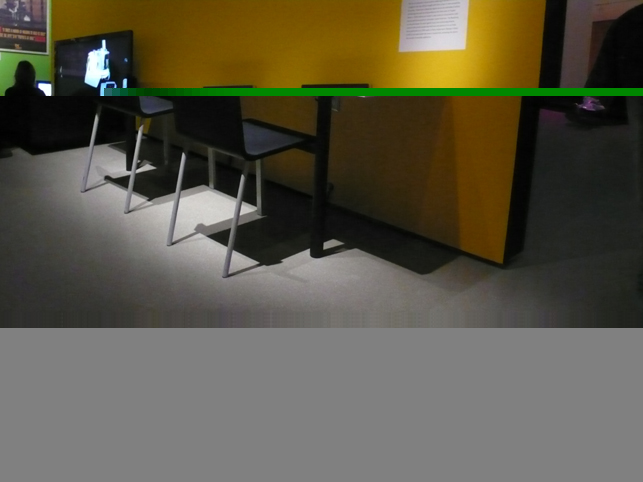
Looking at Music 3.0 invites interaction. Visitors select songs to hear (and dance to), videos to watch, and zines to read. Three digital art projects go one step further, allowing user and machine to take an active role. Laurie Anderson, The Residents, and Perry Hoberman harnessed what in the 1990s were the latest digital tools to make truly interactive works.
Looking at Hip-Hop 1.0
As a grizzled hip-hop vet, I can’t tell you how thrilling it is that curator Barbara London’s Looking at Music series has burned past the 1960s and ’70s to arrive, in its third iteration, in the 1980s and ’90s. Finally, it’s time for my peoples to shine!
If you are interested in reproducing images from The Museum of Modern Art web site, please visit the Image Permissions page (www.moma.org/permissions). For additional information about using content from MoMA.org, please visit About this Site (www.moma.org/site).
© Copyright 2016 The Museum of Modern Art

